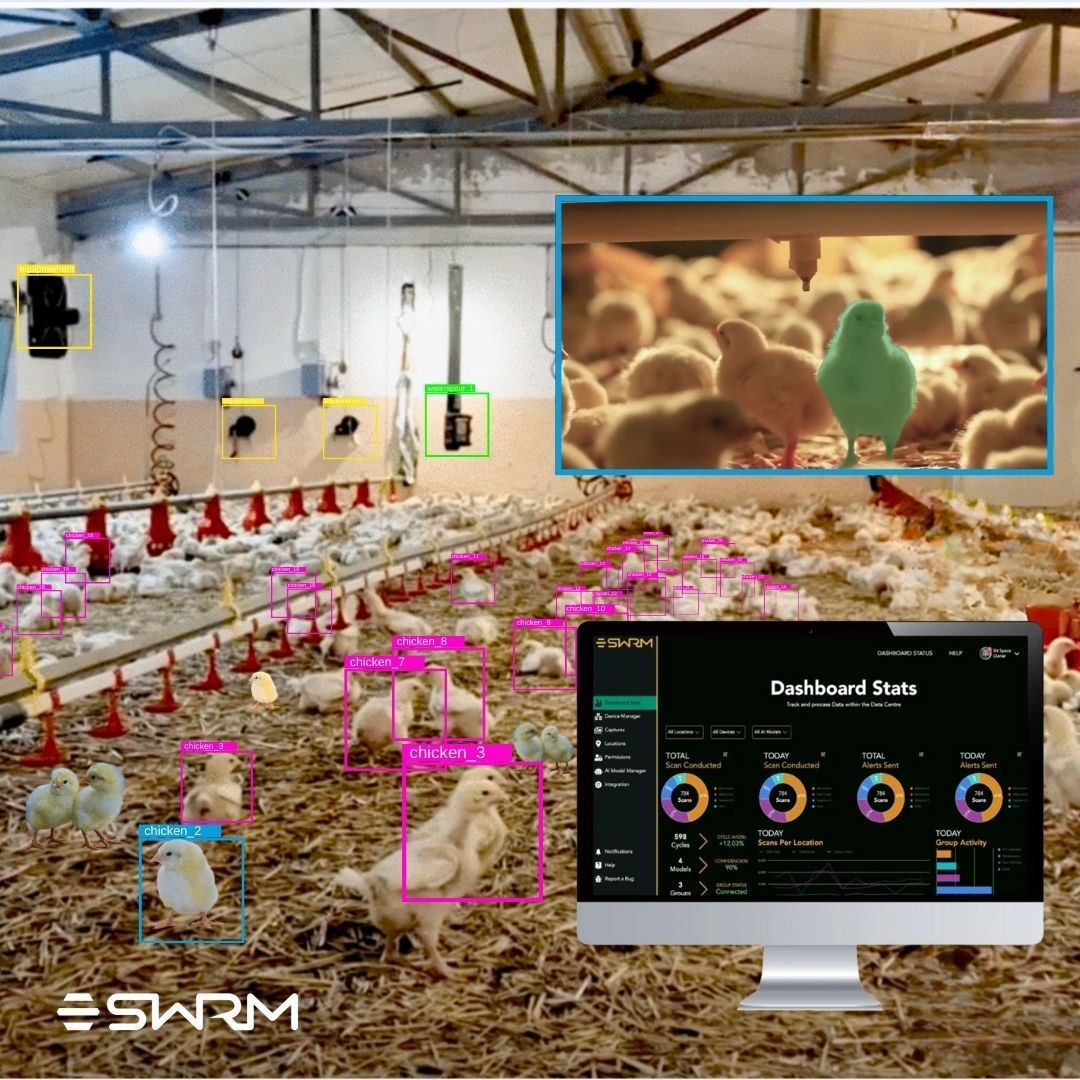Business VR Buyer's Guide
Choosing the right hardware doesn’t need to be difficult

By Kevin Carbotte
The landscape of available VR hardware can be confusing. There are many different headsets available, but not all VR devices are created equal. It can be easy to get confused when buying a VR device, especially with the wide variety of options out there. But, armed with the right information, it’s not difficult to navigate the murky VR waters.

Match Hardware With the Experience
Your headset choice should be dictated by what you wish to accomplish and what type of experience you wish to share.
In general, there are three different types of VR headset on the market: PC-connected (i.e., tethered) devices, smartphone-powered devices, and standalone devices. Each style of VR headset serves a different purpose, and it’s essential to understand the capabilities and limitations of each platform.
Picking the wrong headset for the job could cost you more money than necessary, and could limit your ability to use this technology effectively.

Smartphone-powered Headsets
Smartphone-based VR headsets are the entry-level VR devices. They don’t include any internal electronics and they entirely rely on a companion smartphone to do all the heavy lifting. There are several versions of these headsets; you may have seen a few models at your local electronics shop.
Google Cardboard is the cheapest VR headset option as they are made of cardboard to keep the costs as low as possible. These devices are great for marketing giveaways, because you can print custom branding on them to suit your marketing goals and can be purchased at bulk for a couple of dollars per unit.
Google Cardboard is an open-source platform, which means that any company can sell Cardboard devices. For this reason, there are many different Cardboard headset, including some models that are made of plastic to make them more durable.
Google Cardboard devices don’t include controllers, and the experiences that work with them are mostly passive content, such as 360-degree videos and pictures.

Steer Clear of Gear (VR)
You may be familiar with the Samsung Gear VR headsets, which are designed for Samsung phones. Unfortunately, Samsung is no longer actively supporting the Gear VR platform, so it’s probably a good idea to avoid these headsets if your buying a VR headset now.
While we could create software for that platform, and we have in the past, we encourage our clients to steer away from this platform because it’s nearing the end of its usable lifetime. If you’re in need of a mobile VR solution, we would recommend a Cardboard device, although we’re also moving away from this platform because Google is no longer actively improving this solution.
Google also created a VR platform called Daydream, which more closely competes with Samsung’s Gear VR. Sadly, Google doesn’t appear to be supporting Daydream with much enthusiasm, so we don’t actively support development for Daydream devices. Standalone VR headsets, which we discuss later in the article, are taking over this space in the VR market.
PC-Connected Headsets

PC-connected headsets are the most advanced VR devices, and they are capable of delivering the most advanced VR experiences. These devices typically offer a higher resolution than smartphone- and standalone-vr devices. However, they require a high-end computer to drive the experience, which adds substantial cost and increases the complexity of the setup.
The primary benefits of a PC-connected VR solution include advanced graphics that only a high-end computer can achieve and increased tracking fidelity for precision interactions with simulated environments.
PC-connected VR systems are the best option when visuals are of the utmost importance. The higher resolution enables a clearer image, and powerful computers enable high-fidelity computer graphics that mobile devices can’t match.
PC VR headsets are typically tethered to a computer with a data and video cable, although wireless upgrade options do exist for an additional cost.

Superior Tracking Accuracy
PC VR systems can also support extremely precise tracking systems that employ external sensors or beacons that function as fixed points of reference to the physical environment. The HTC Vive and Vive Pro (which are our recommended PC VR platforms) offer sub-millimetre tracking precision, which makes them a perfect solution for simulations that require absolute tracking precision.
HTC offers three versions of the Vive headset. The standard Vive is HTC’s entry-level offering. It includes the headset and two tracked motion controllers. The standard Vive features a resolution of 2160 x 1200 pixels.

The Vive Pro, which is marketed as the business VR solution, offers higher build quality, higher resolution, and built-in headphones. Also, the top of the line Vive Pro Eye adds eye-tracking modules to the package, which enable gaze-based features, such as at-a-glance menu navigation. Eye-tracking can also enable advanced data analytics capabilities, such as the ability to monitor where people’s focus lies within a virtual experience.
Oculus’s first-generation Rift headset employed external tracking sensors which are just as precise as HTCs solution. However, the company’s newest VR device doesn’t support external sensors and the old version is no longer available.
Headsets that rely on external sensors are best suited for installations where the equipment remains permanently installed as the additional tracking hardware should be mounted to the wall. It is possible to move a Vive setup, but it requires toting a significant amount of equipment around that isn’t necessary with modern options.
Inside-Out Tracking

Not all PC-connected headsets require an external tracking solution. Many recent headsets utilize device-mounted camera systems to keep track of your motions. Microsoft’s Windows Mixed Reality headsets were the first inside-out tracking headsets on the market, but Oculus has since moved to inside-out tracking for the Rift S VR headset, and HTC is moving the Vive brand away from base stations to camera-based inside-out system with the upcoming release of the Vive Cosmos.
Advanced Peripherals
PC-connected systems also open the doors for accessories and custom peripherals. For example, a driving simulation could use a steering wheel and pedals, or a flight simulator could use a flight stick and throttle peripheral.
HTC’s Vive platform also supports custom-built accessories powered by Vive Tracker devices, which enable spatial tracking on any object. We’ve used trackers to build a custom flagger pole peripheral for a training app called Flagger VR, and we’ve used the trackers to create custom input devices tailored for our projects..

Standalone Headsets
Standalone VR headsets are like smartphone-powered devices, but they include all the processing power inside the headset. These devices feature smartphone processors, memory, storage, and an internal battery, so you don’t need to give up your phone to use a VR app.
Standalone devices are perfect for tradeshow and classroom settings because they are easily portable, require minimal setup, and don’t require additional equipment to function.


Pico Goblin
Bit Space recommends Goblin line of standalone headsets from Pico Interactive. These devices are built for use in business environments, with features like Kiosk mode that enables you to lock the headset to specific content, and a commercial license built into the basic purchase price.
The Pico Goblin headsets also allow for simple software deployment thanks to extended storage via microSD. Pico’s headsets can even operate without an internet connection, which allows for deployments in remote areas with limited internet access such as northern communities.
The Pico Goblin headsets are available in two varieties; the Goblin G2 features a resolution of 2880 x 1600 pixels, whereas the Goblin G2 4K includes a higher resolution 3840 x 2160 display for better visuals. Both Goblin G2 headsets also include internal batteries which provide approximately 3 hours of continuous use.
Both versions of the Goblin G2 include wipeable leather cushions which allow for easy cleaning between uses–a critical feature for shared headsets.
The Pico Goblin headsets are classified as 3-degrees of freedom (3DoF) devices, which is to say that they track rotational movement, but they do not track lateral movements such as forward and backward motion.
The Goblin headsets also include a single 3DoF wand controller that works like a laser pointer in virtual experiences and menu systems, although the head-tracked cursor and side-mounted buttons work just as well.
Oculus Go

Oculus (owned by Facebook) makes a 3DoF standalone VR headset called Go that is comparable with Pico’s offerings. The Oculus Go features similar hardware specifications, along with superior audio. However, the Oculus Go doesn’t include a microSD slot, which makes it more difficult to deploy software to a large volume of devices without an internet connection.
Oculus also charges extra for commercial licensing of its hardware, which increases the overall cost for each headset by more than double what a comparable Pico device would cost.
The Oculus Go headset is fine for casual home use, but we find that Pico offers a better solution for most business use-cases.
Best of Both Worlds
Standalone VR devices are not always limited to 3DoF tracking. The latest trend in VR hardware is standalone devices that offer full room-scale 6DoF motion tracking, which allows you to walk around in virtual environments. These devices are a cross between the 3-DoF standalone devices and the 6DoF PC-connected devices.
6-degrees of freedom tracking comprises rotational motion, like the 3DoF devices, but it also includes forward, backward, and side to side motion. 6-DoF also enables up and down motion, which allows you to perform physical action such as crouch or jump within a virtual environment. These devices also bring both of your hands into simulations so you can interact with virtual objects.

Oculus Quest
Oculus recently released the Oculus Quest headset , which is a self-contained standalone device that includes fully tracked motion controllers. The Quest is a great tool for training and educational experiences. It’s also the perfect solution for a portable training system.
Vive Focus Plus
HTC also offers a standalone 6-DoF headset called the Vive Focus, which offers similar features to the Oculus Quest. The Vive Focus comes in two variants: Vive Focus and Vive Focus Plus.
The Vive Focus is a 6-degrees of freedom headset that doesn’t include fully-tracked hand controllers. The Vive Focus Plus is the same headset with the addition of 6-DoF two motion controllers.
The Vive Focus Plus headset is somewhat more expensive than the Oculus Quest headset, but it includes a commercial license in the price and it offers a feature that allows you to control a full classroom worth of headsets from a central teacher hub, so you can use these for whole-class training solutions.
Allow us to Help!
Click to share this article
Transform your business with immersive technologies
Schedule a consultation to see how BSD can help your organization unlock new avenues of engagement.
CONTACT US
Global Headquarters
1555 Dublin Avenue, R3E 3M8
Winnipeg, MB, Canada
PUBLIC RELATIONS
DIVISIONS
GENERAL
IN THE SPIRIT OF RECONCILIATION
We would like to acknowledge that the land on which we gather is Treaty One Territory, the home and traditional lands of the Anishinaabe (Ojibwe), Ininew (Cree), and Dakota peoples, and in the National Homeland of the Red River Métis. Our drinking water comes from Shoal Lake 40 First Nation.
Join 10,000+ people who get XR tips, insights, and company updates monthly.
Contact Us
We will get back to you as soon as possible.
Please try again later.
Privacy Policy Accessibility Sitemap Support
Bit Space Development Ltd.





